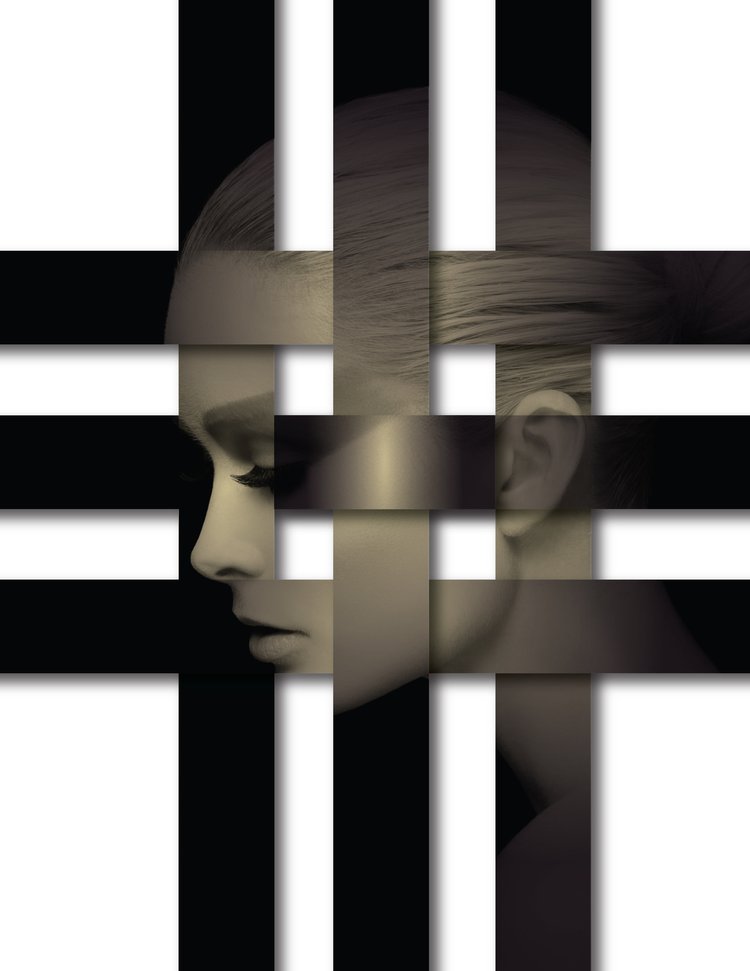I hope you all had a great weekend, and if you're in America, I hope you had a great Memorial Day holiday.
Last week, I released the first two parts of a free three-part photography training series and today I'm releasing the third video in the series. FREE TRAINING PART III
I've received a lot of great comments via the video page, twitter, Instagram and even instant message and email. One photographer asked me a question about only using natural light. He only uses natural light and wanted to know why I list this as a rookie mistake. I think this question is important for many of us today so I made a short video to explain more.
Always dream big,
Matthew


















